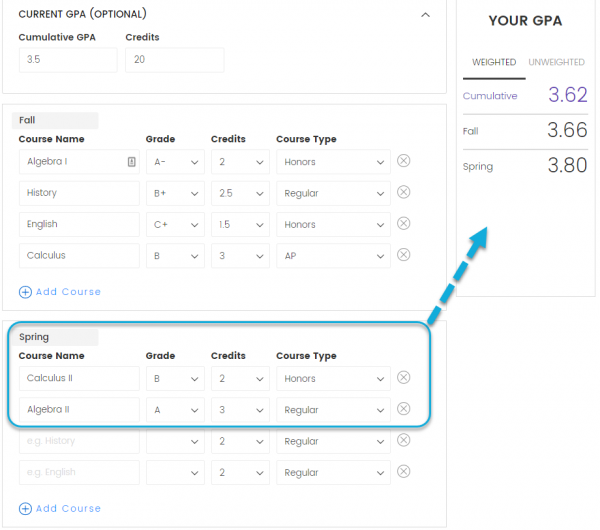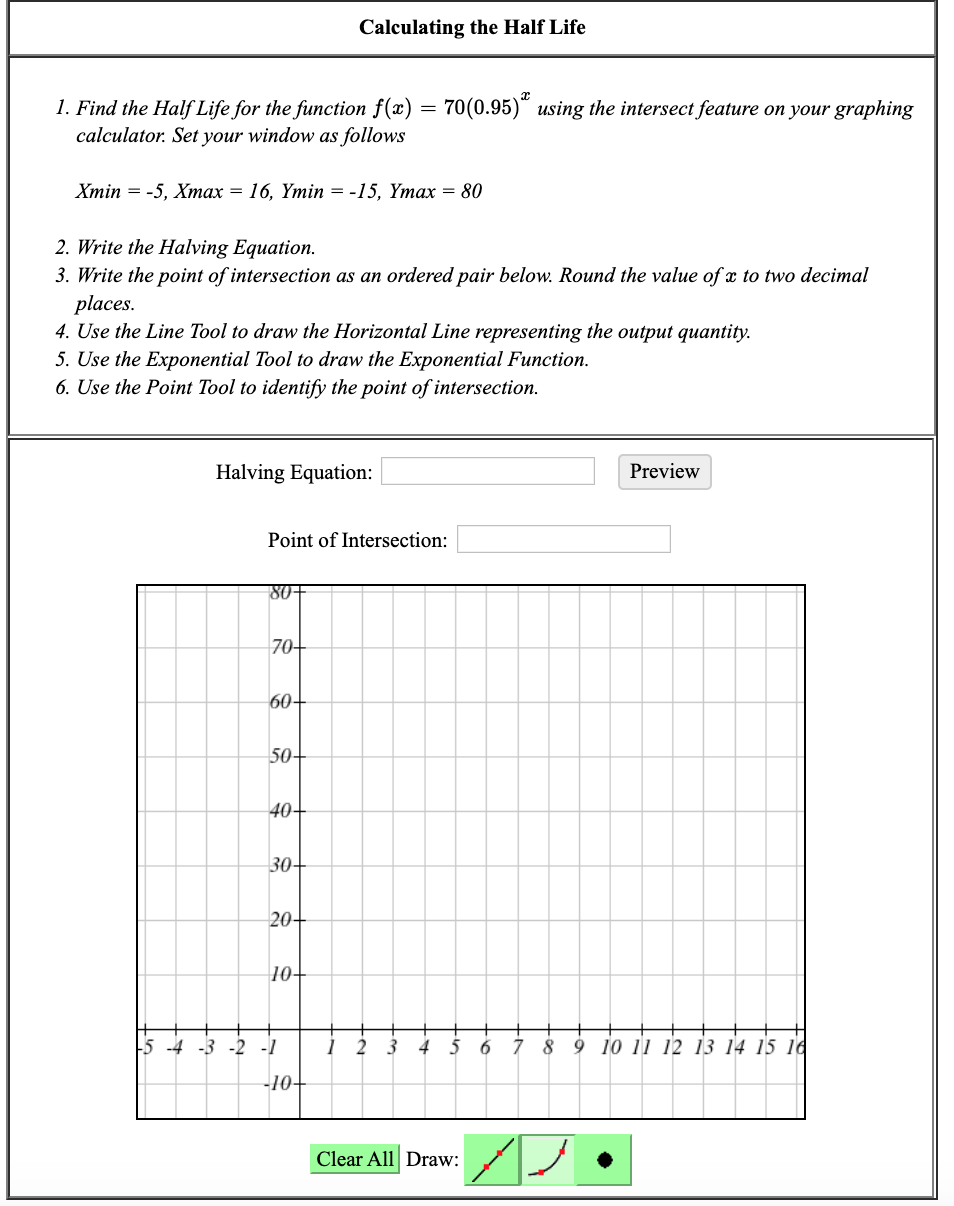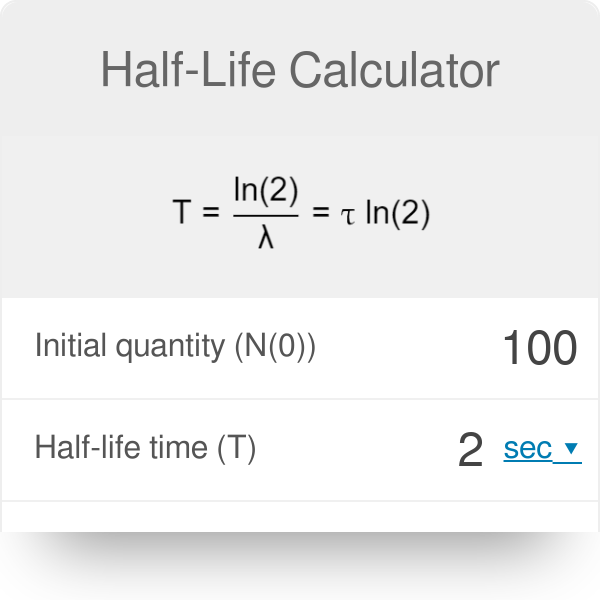Half Point Calculator
- Half Point Calculator Distance
- Half Point Calc
- Halfway Calculator
- Half Way Driving Point
- = 0.176388889 Millimeters
Find your halfway point. Here are a few of the many possible uses for the calculator: Find your personal center of gravity. Select all cities or addresses where you have lived, then view those places on a map along with a marker pointing at your exact average location. Find the midpoint of. Half-Point Calculator This calculator allows you to quickly understand the value of buying or selling half-points when betting on popular sporting events. You can use it for NBA spreads and totals. Win your fantasy football league with Fantasy Football Calculator. Moock drafts, rankings, ADP, cheat sheets, sleepers, news and more!
Rounding a number involves replacing the number with an approximation of the number that results in a shorter, simpler, or more explicit representation of said number based on specific rounding definitions. For example, if rounding the number 2.7 to the nearest integer, 2.7 would be rounded to 3.
Rounding Methods
There are various rounding definitions that can be used to round a number. The calculator defaults to rounding to the nearest integer, but settings can be changed to use other rounding modes and levels of precision. All the rounding modes the calculator is capable of are described below.
Median Date calculator. This is a median date calculator, you can use it to determine the exact middle date between two dates. Find the median birthday between you and your loved one so that you can have a shared birthday for example. I use it to calculate the halfway mark of major transits, which is always important (in my view).
Round half up:
This rounding method is one of the more common rounding methods used. It means rounding values that are halfway between the chosen rounding precision up. For example, when rounding to the ones place:
| 5.50 | ⇒ | 6 |
| 5.51 | ⇒ | 6 |
| 5.49 | ⇒ | 5 |
When the value being rounded is negative, the definition is somewhat ambiguous. Some round -5.5 to -5, some round to -6. We agree here the 'up' can be thought of as rounding values that are halfway towards the bigger or more positive value. For example, when rounding to the ones place:
| -5.50 | ⇒ | -5 |
| -5.51 | ⇒ | -6 |
| -5.49 | ⇒ | -5 |
Round half down:
Rounding half down is similar to rounding half up, except that it means rounding values that are halfway between the chosen rounding precision down, rather than up. For example, when rounding to the ones place:
| 5.50 | ⇒ | 5 |
| 5.51 | ⇒ | 6 |
| 5.49 | ⇒ | 5 |
In the case of negative numbers, same as rounding half up, the definition is ambiguous. We agree here rounding half down can be thought of as rounding values that are halfway towards the smaller or more negative value. For example, when rounding to the ones place:
| -5.50 | ⇒ | -6 |
| -5.51 | ⇒ | -6 |
| -5.49 | ⇒ | -5 |
Round up (ceiling):
Rounding up, sometimes referred to as 'taking the ceiling' of a number means rounding up towards the nearest integer. For example, when rounding to the ones place, any non-integer value will be rounded up to the next highest integer, as shown below:
| 5.01 | ⇒ | 6 |
In the case of negative numbers, rounding up means rounding a non-integer negative number to its next closest, more positive integer. For example:
| -5.01 | ⇒ | -5 |
| -5.50 | ⇒ | -5 |
| -5.99 | ⇒ | -5 |
Round down (floor):
Rounding down, sometimes referred to as 'taking the floor' of a number means rounding down towards the nearest integer. For example, when rounding to the ones place, any non-integer value will be rounded down to the next lowest integer, as shown below:
| 5.99 | ⇒ | 5 |
In the case of negative numbers, rounding down means rounding a non-integer negative number to its next nearest, more negative integer. For example:
| -5.01 | ⇒ | -6 |
| -5.50 | ⇒ | -6 |
| -5.99 | ⇒ | -6 |
Round half to even:
Rounding half to even can be used as a tie-breaking rule since it does not have any biases based on positive or negative numbers or rounding towards or away from zero, as some of the other rounding methods do. For this method, half values are rounded to the nearest even integer. For example:
| 5.5 | ⇒ | 6 |
| 6.5 | ⇒ | 6 |
| -7.5 | ⇒ | -8 |
| -8.5 | ⇒ | 8 |

Round half to odd:
Rounding half to odd is similar to rounding half to even (above), and can be used as a tie-breaking rule. For this method, half values are rounded to the nearest odd integer. For example:
| 5.5 | ⇒ | 5 |
| 6.5 | ⇒ | 7 |
| -7.5 | ⇒ | -7 |
| -8.5 | ⇒ | -9 |
Round half away from zero:
Rounding half away from zero can be used as a tie-breaking rule, and means exactly as the phrase describes: rounding half values away from zero. It has no biases towards positive or negative numbers, but does have a bias away from zero. Another way to think about this rounding method is to round a half value towards the next integer closer to positive or negative infinity based on whether the value is positive or negative, respectively. For example:

| 5.5 | ⇒ | 6 |
| -5.5 | ⇒ | -6 |
Round half towards zero:
Rounding half towards zero is similar to rounding half away from zero, except that it rounds in the opposite direction. It has no biases towards positive or negative numbers, but does have a bias towards zero. The method means that half values will be rounded towards the next integer that is closer to zero than it is to positive or negative infinity. For example:

| 5.5 | ⇒ | 5 |
| -5.5 | ⇒ | -5 |
Rounding to fractions
Rounding to fractions involves rounding a given value to the nearest multiple of the chosen fraction. For example, rounding to the nearest 1/8:
| 15.65 | ⇒ | 15 |
| =15.625 | ||
| 15.70 | ⇒ | 15 |
| =15.75 | ||
| 15.80 | ⇒ | 15 |
| =15.75 |
This can be particularly useful in the context of engineering, where fractions are widely used to describe the size of components such as pipes and bolts.
The majority of online sportsbooks offer the ability to purchase half points off point spreads and totals. This is generally at 10 cents each. If a point spread is 5.5 you can bet the favorite -5.5 -110, -5 -120, or -4.5 -130 or the underdog +5.5 -110, +6 -120, +6.5 -130. The same can be done for over/under betting (NFL based). In this article I explain when it is and isn’t mathematically correct to purchase half points.
Half-Point Betting Math
The math to evaluate value a half point purchase is simple. For starters use an odds converter. On that page you can enter -110 and see under implied probability it shows 52.38%. This is how often a bet at -110 needs to win to average break even. If you now enter -120 you’ll see the required win percentage to break even becomes 54.55%. That’s a difference of 2.17%.
To put this into perspective let’s say we’re looking at an NBA point spread +6.5 -110. Based on the math above we would only instead bet +7 -120 if having +7 instead of +6.5 increases our expected win rate by the required 2.17%. Well, I happen to have a push chart that shows NBA teams that are favored by about 6.5 points win by exactly 7 about 4.1% of the time. In this case we are going to pass on buying the half point because we are only increasing our cover rate by 2.05% (half of the 4.1% probability of the favorite winning by exactly 7) and needed 2.17%+.
Are you confused about why we only took half the 4.1%? To explain: When we had +6.5 if the game ended with the favorite winning 7 we lost and the bookie who had -6.5 won. Moving to 7 both of us push. Therefore that extra 4.1% of value for teams winning by exactly 7, half is on our line of +7 and half is in the bookies line of -7. We gained his share of the 7 on that move. When going from a push to a win the same is true. For example: when going -7 to -6.5 or going +6.5 to +7 our push probability increases by half the probability of that game ending with the favorite winning by 7 points.
Creating Push Charts
It is important to understand each half-point has unique value. In NFL football nearly 16% of all games are decided by EXACTLY 3 points and nearly 10% by EXACTLY 7 points. Those are the two most common margins of victory. In basketball end game strategy with intentional fouls, killing clock, playing for final shots, etc. leads to certain numbers being more likely to occur than others. In low scoring sports like hockey and soccer the chances a total will be an odd (instead of even) number is significant. So the calculations will need to be ran separately for each half point.
It is a good idea to do these well in advanced. How to go about it for most sports would be using point spreads of +/- 1.5. What this means is to calculate the push rate on favorite by 6, look for all similar games where the point spread was between 4.5 and 7.5 and see how often those games finished with the favorite winning by EXACTLY 6. If you calculate this in advanced and list it in a spreadsheet or even just draw some sort of table or list it in a note pad you’ll have it handy anytime it is needed.

As far as getting the data two of my recommended books about sports betting contain value for this. Sharp Sports Betting by Stanford Wong, while outdated, has push charts inside it. These can be used as a rough guide. Or you can use SBR’s half point calculator to capture their push rates on sides and totals for NBA, College Hoops, NFL, College Football, MLB and NHL. Their data is also outdated. It is the other book Conquering Risk that has more value to serious punter. This covers how to scrape content from the web.
If you decide to scrape data there are many potential sources. One is Covers.com which has historical spreads and results going back many years. A better source for recent years is SBROdds.com. Here the calendar at the top (to the right of where it says today / yesterday) can be used to navigate through historical odds and results at multiple sportsbooks. The best one to scrape and use is Pinnacle Sports. Once you have the database – you can create your push chart.
Half Point Calculator Distance
Finding Value Buying Half Points
The key to finding value in purchasing half points is to understand the more half-points you purchase the more each is worth in value. Let me show you why. Let’s say a bookie offers up to 8 half points at 10 cents each. So this is -110 (52.38% implied probability) vs. +8 -190 (65.52% implied probability).The difference is 13.14% or in other words 1.64% per half point. That’s much better than the 2.17% paid when going from -110 to -120. How is this the case?
The reason is because moneylines are based on percentages. 10 cents means nothing in and of itself. To show this further again -110 to -120 increases the required win rate to break even by 2.17%. Again, using our odds converter I can see -120 has an implied probability of 54.55% and -130 of 56.52%. Here the move is again 10 cents but the difference is 2.03% not 2.17%. In that NBA example earlier, the 7 was worth 2.05%. Had the question been +6.5 -120 or +7 -130 we would take +7 -130 because the push on 7 increases our win rate by more than the 2.03% difference in implied probability.
To give an extreme example, going from -180 (64.28%) to -190 (65.52%) has a difference of just 1.24%!. The bigger the moneyline odds the more likely it is that purchasing a half point at 10 cents is a good deal! So how can we can we make money from this?
Half Point Calc
As a general rule of thumb in basketball it takes 6 half points at 10 cents each to have a tiny edge over the bookmaker. If you can do more than that, with good bankroll management, you practically have a money printing machine. For example 4 points for -190 instead of -110 gives an expected ROI of about 3.6%. While sites like BetUs.com (not very reputable) used to offer 8 points for 80 cents, today most bookies are wise and such deals are uncommon. The smartest bookies limit the number of half points that can be purchased to 2 or 3 before they start to charge a premium.
The most logical place to find value should be in NFL point spreads on the most common margins of victory 3 and 7. Unfortunately, here once again the bookies charge a premium. Going from +2.5 to +3, +3 to +3.5, -3.5 to -3, and -3 to -2.5 costs 25 or 30 cents at most bookies. Going from +6.5 to +7, +7 to +7.5, -7.5 to -7, and -7 to -6.5 costs 15 or 20 cents. This can still sometimes be worth it when the ML is large. What is however more common is to find value on the half points they don’t charge a premium for. Worth noting is that the third most common margin of victory in NFL football is 10. Should I continue?
Halfway Calculator
Let me just tell you buying half points is one of the many ways I personally make money betting sports. If I however told you which sites allow 4 half points at 10 cents each (yes these exist) or what the most common margins of victory are for every league, this article will become outdated quickly. Why? Because everyone will be beating the sportsbook that offers +EV point buy opportunities. That book will eventually notice and adjust their odds. This has happened many times in the past. Years ago basic strategy NFL teasers were profitable at most sites, today they are not. Years ago there was much more value in buying half points, but today bookies grown wiser.
Half Way Driving Point

= 0.176388889 Millimeters
If you do the work to make push charts, find the most common margins of victory, and learn which bookies offers what, you will soon be able to create a system. Every time a specific point spread pops up you know “at book XYZ I need to do X”. If you have that system you are making money. At that point you will be glad I concluded this article the way I did. It is important only a limited number of people take advantage of the +EV angles, because eventually they dry up.
Author: Jim Griffin